Discovering Family Ties: The Benefits of Sibling DNA Testing
Sibling DNA testing has become an increasingly popular tool for individuals seeking to confirm or discover their biological relationships. This type of testing provides definitive answers, and including a sample from one of the sibling's biological mothers can significantly enhance the accuracy of the results. In this comprehensive guide, we'll delve into the benefits of genetic testing for siblings and why it's advised to include a DNA sample from one of the siblings’ biological mothers.
1. Confirming Biological Relationships
Whether it’s due to adoption, family separation, or other circumstances, many individuals find themselves in situations where they need to confirm their biological relationships. Sibling DNA testing offers a reliable method to establish if two individuals are full siblings, half-siblings, or not related at all.
2. Legal and Inheritance Implications
In cases of inheritance disputes or when establishing legal rights, having clear proof of biological relationships is crucial. Including a DNA sample from one of the siblings’ biological mothers adds an extra layer of certainty to the results, which can be particularly important in legal situations.
3. Medical History and Health Risks
Uncovering potential health risks and inherited medical conditions is another benefit of genetic testing. Sibling DNA testing can play a crucial role in mapping out your family's medical history, providing valuable information for preventive health measures.
4. Building Family Connections
Many people choose to undergo sibling DNA testing simply to build or rebuild family connections. Discovering your biological siblings can lead to meaningful relationships and a sense of belonging that many seek.
5. Why Include a Biological Mother’s DNA?
Including a sample from one of the siblings’ biological mothers significantly increases the accuracy of the sibling DNA test. It helps to eliminate half of the genetic material in the equation, allowing the lab to focus solely on the paternal side. This is especially crucial when trying to determine if two individuals share the same biological father. Learn more about the scientific benefits of including a mother's DNA in the testing process.
6. How Does the Process Work?
The process of sibling DNA testing is straightforward and non-invasive. Cheek swabs are the most common method for collecting DNA samples, and the inclusion of a biological mother's DNA follows the same simple procedure. Discover the step-by-step process of sibling DNA testing and what to expect.
7. Choosing the Right DNA Testing Provider
Selecting a reputable and reliable DNA testing provider is paramount. Look for companies with a strong track record, like My Forever DNA, that provide accurate results, confidentiality, and support throughout the process.
8. In Conclusion
Sibling DNA testing offers a powerful tool for those seeking to confirm their biological relationships. Including a sample from one of the siblings’ biological mothers enhances the accuracy and reliability of the test, providing peace of mind and clear answers. Whether you are seeking to resolve legal matters, understand your health risks, or connect with family, sibling DNA testing provides a pathway to the truth.
Navigate through your genetic journey with confidence, and learn more about the wide range of DNA testing options available at My Forever DNA.
Please remember to replace the placeholder URLs with the actual URLs from your website or external sources you'd like to link to. This ensures that all the links in your blog post are working correctly and contributing positively to your SEO efforts.






